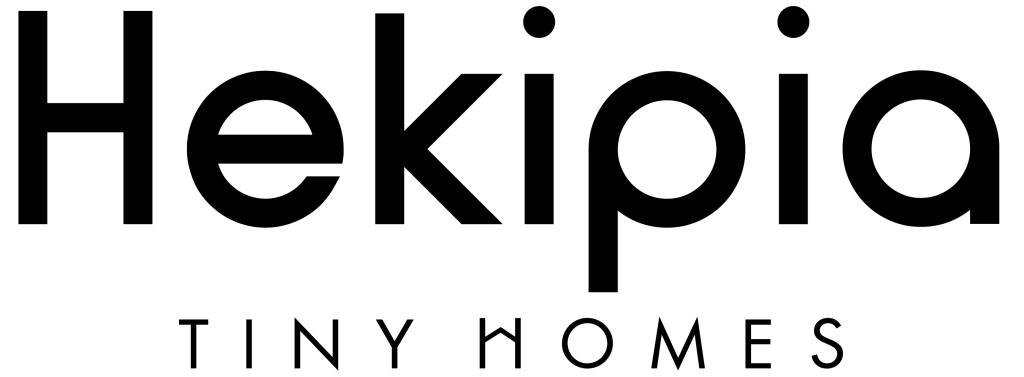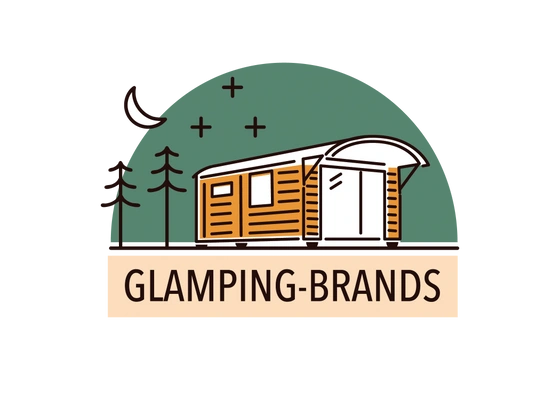Smarter Price Optimization Strategies to Maximize Revenue
You can’t improve upon what you don’t measure, and you can’t grow if you don’t charge what you’re worth.
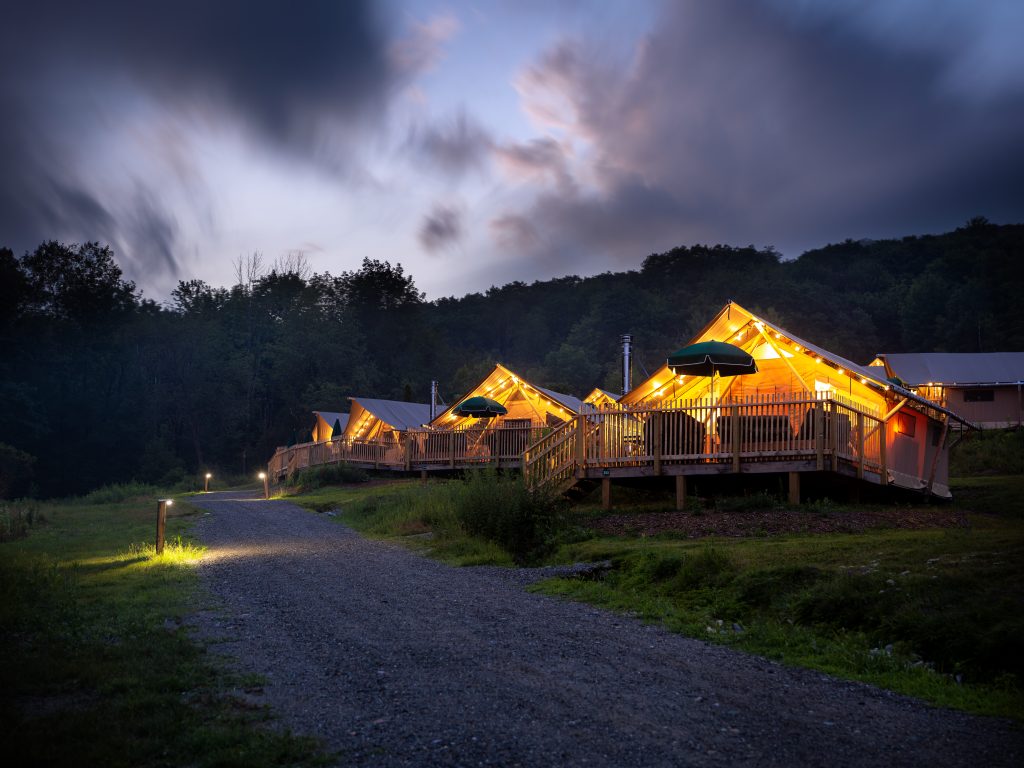
Pricing is more than just a number
What is price optimization?
Price optimization is the practice of analyzing customer and market data to find the most optimal price point for a product or service. The goal of price optimization is to charge the right price, at the right time, for the right product in order to attract more customers, maximize sales and increase profits. For campgrounds and resorts, this means moving beyond a flat rate, one-size-fits-all pricing structure to implementing proven strategies that work, such as:
- Dynamic pricing
- Price stratification
Together, these techniques enable you to make smarter decisions about what, when and how you charge for your accommodations and amenities … and greatly improve your margins.
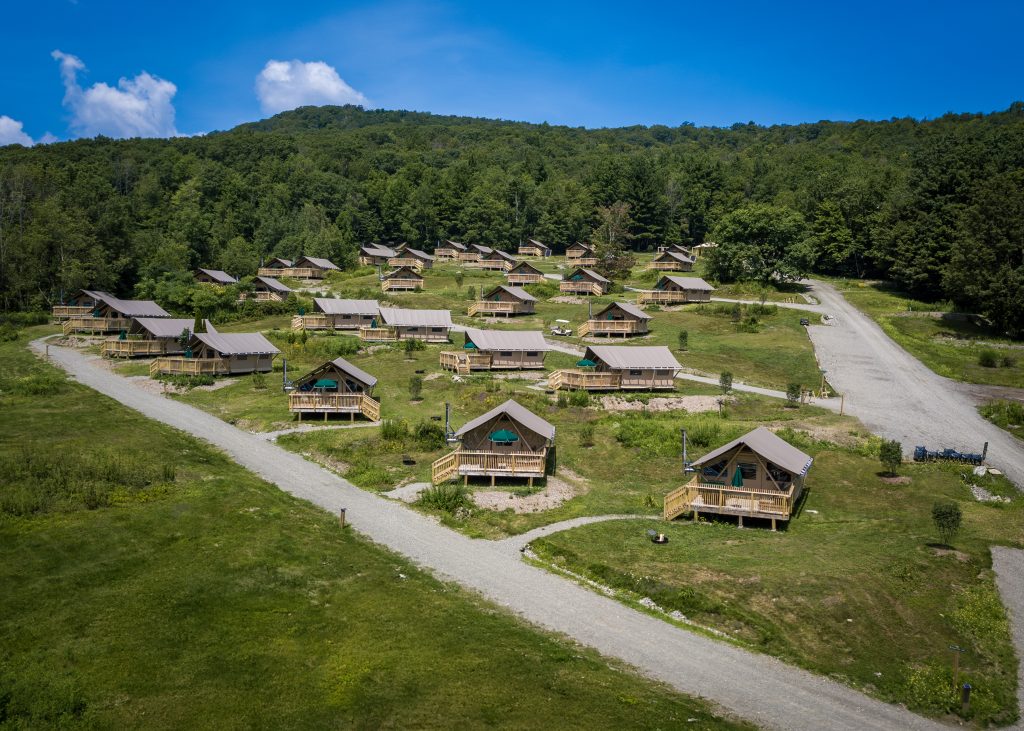
Dynamic pricing – flexible rates based on demand
Dynamic pricing isn’t new. It’s what airlines, hotels and major rental companies have done for years. But for campground owners, it’s still a major opportunity. Rather than charge the same rate every day, dynamic pricing adjusts based on real-world variables like:
- Day of the week (midweek vs. weekend)
- Time of year (in-season vs. off-season vs. holiday)
- Occupancy (empty vs. full)
How to apply it
The goal is increased bookings and maximum revenue. There is booking software with dynamic pricing features already built in. This makes it easy to make price changes automatically.
- Raise rates on high-demand weekends and holidays
- Offer modest price changes to boost midweek and off-season occupancy
- Test various pricing scenarios based on availability
PRO TIP: Even a $10 increase on fully-booked weekends can generate thousands in additional revenue per year.
Price stratification – make every site/unit earn its keep
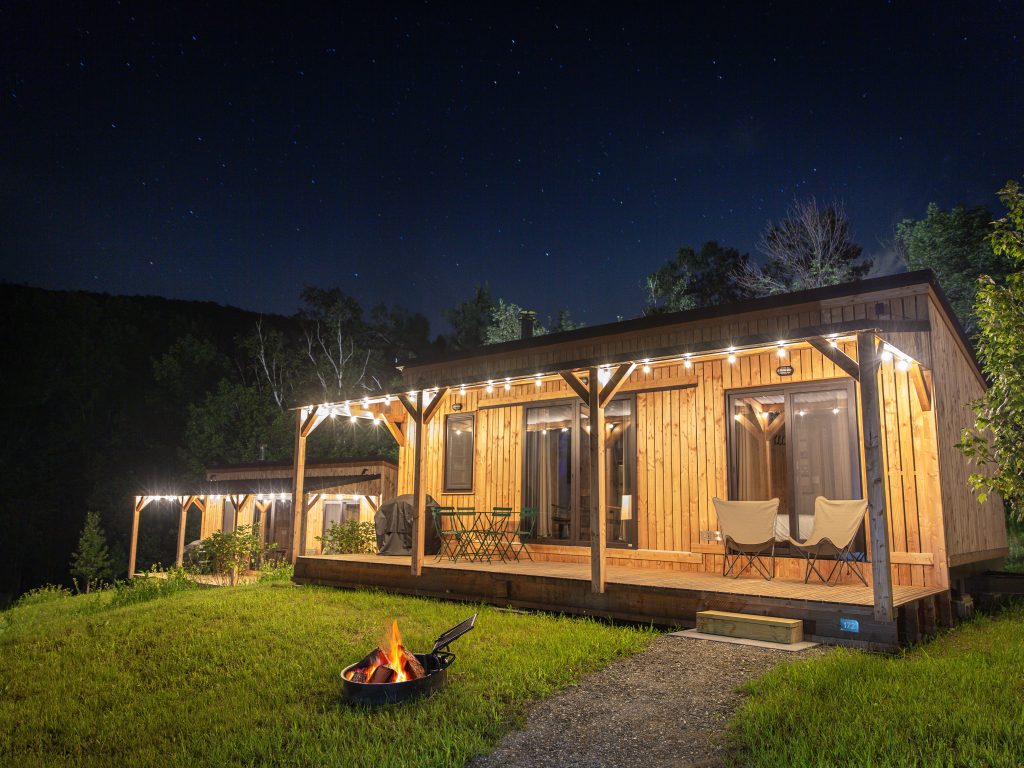
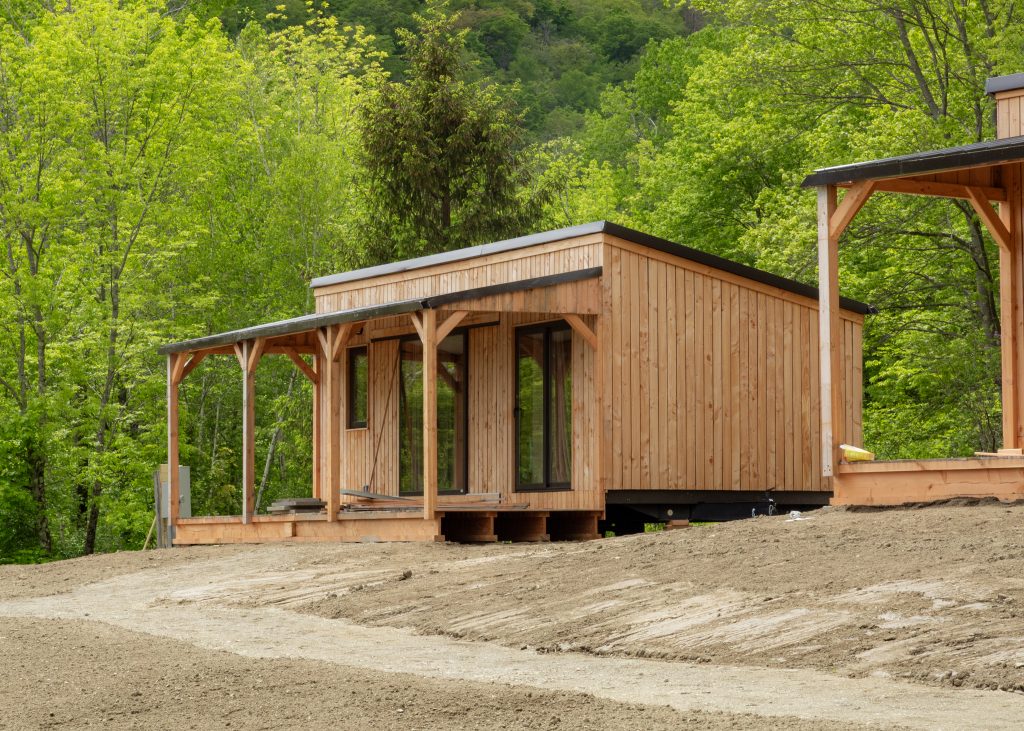
Identify your premium inventory
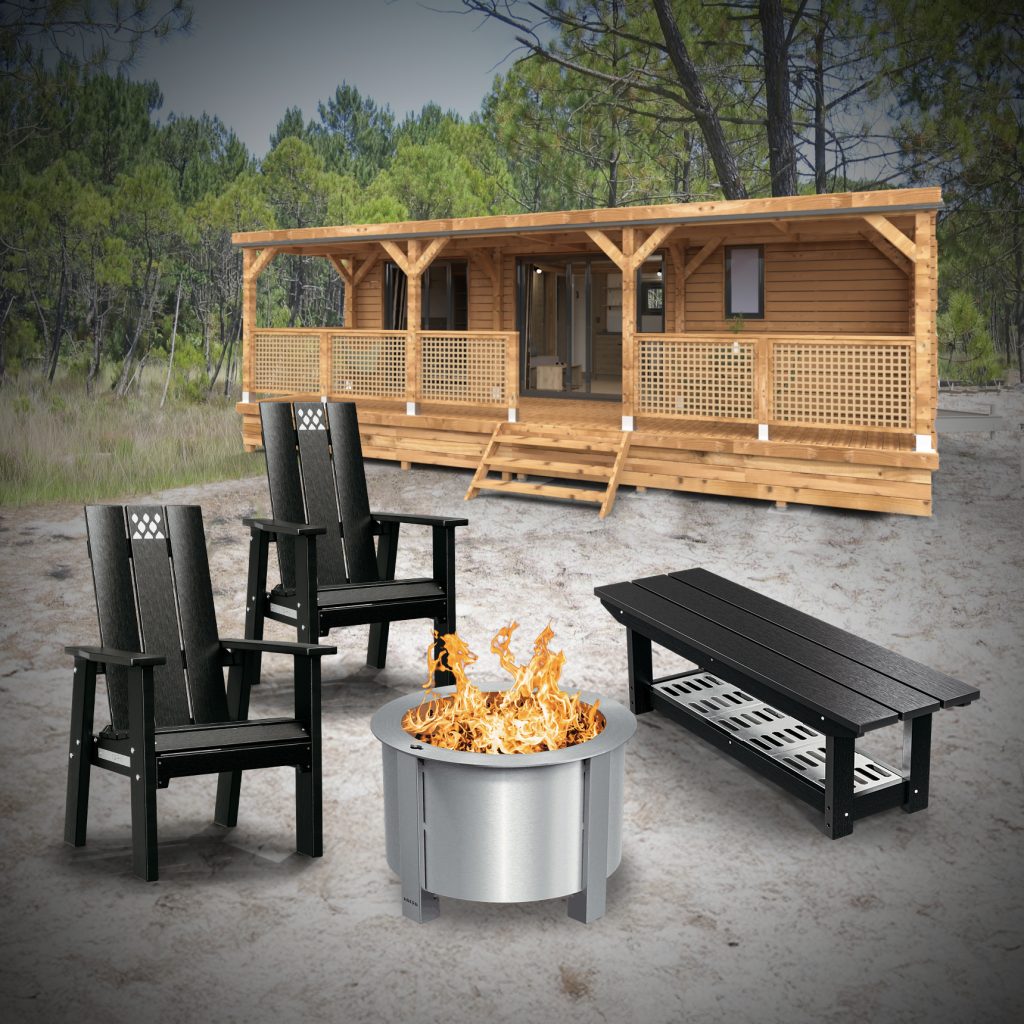
Examples of high-demand sites and units:
- They book faster than others
- Return guests ask for them repeatedly
- They generate more revenue year-over-year
Your guests are telling you that they’re worth it. Thus, these should form the top-tier of your inventory and be priced accordingly – not out of greed but because of high-demand.
What about underperforming sites? You certainly may consider discounting these. But don’t leave money on the table. Instead, upgrade your underperforming sites and units to justify higher rates. Small investments can have a big impact:
- Add Grosfillex seating to boost comfort
- Install Breeo smokeless fire pits for ambiance
These kind of site improvements can help reduce or eliminate lower-demand inventory altogether and boost your margins while improving the overall guest experience.
Review performance regularly
Implement a process to review performance regularly. Use booking data and guest feedback to:
- Recognize seasonal occupancy rates
- Spot preferences in guest requests
- Adjust your pricing strategy accordingly
This kind of data-driven performance review can turn price optimization into a growth engine. It makes planning for future investments in expansion that much easier!
PRO TIP: Ask yourself: what’s working and what’s not? Utilize this knowledge to make smarter investment decisions.
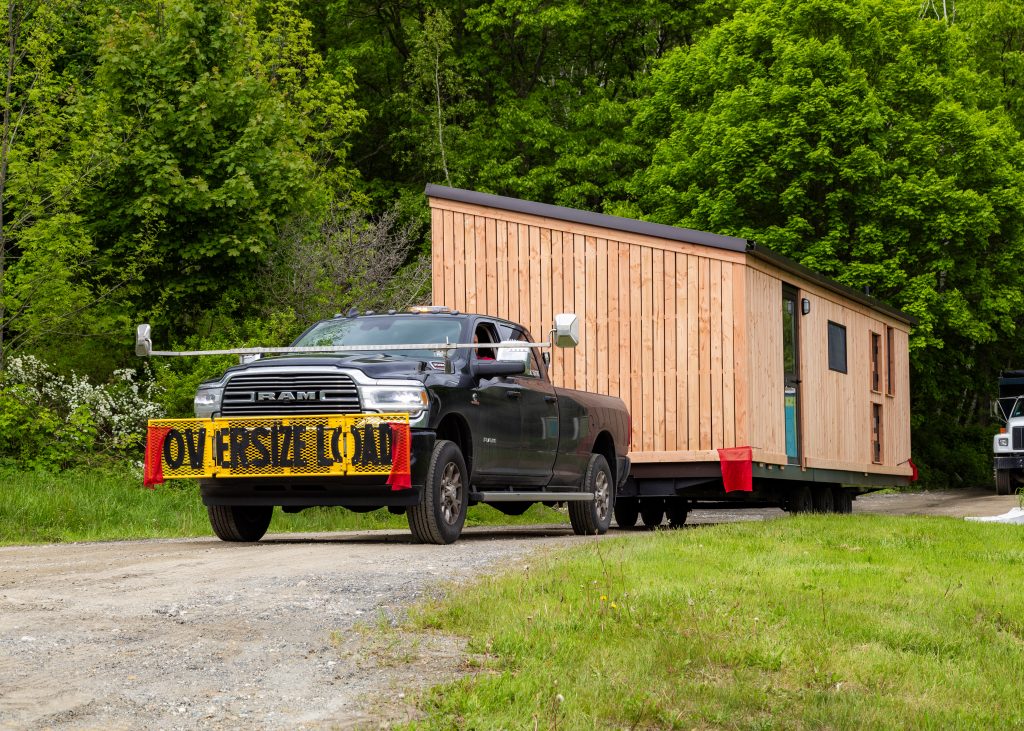
Let’s Expand Together
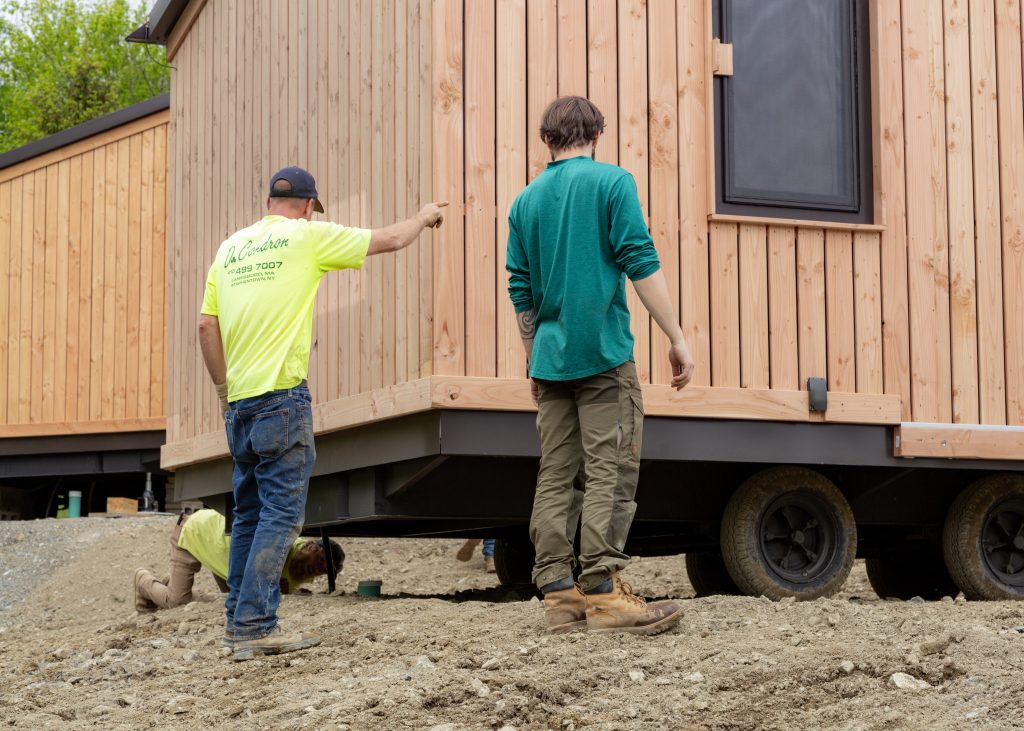
Before you break ground or consider a new unit, evaluate your numbers. What sites or units do your guests already gravitate towards? Which sites (or units) deliver the most value for the least amount of overhead?
Here’s a simple framework to start price optimization today:
- Group your sites based on demand (basic, mid-tier, top-tier)
- Analyze booking trends (sell-out patterns, review scores, no-shows)
- Adjust for demand: enable automated pricing or adjust manually
- Review performance regularly and continually refine your strategy
- Upgrade your lower-demand sites/units for improved margins
You’ve invested a lot of time, money and energy into your campground or resort. Don’t let outdated pricing models hold you back. This data-driven approach of price optimization turns pricing into a strategy and not a guessing game. It provides you a roadmap for not only investing in the future but improving your campground’s revenue today!
Sources: 2025 Camping Trends Outlook by Campspot, Kampwise.com and PROS.com
